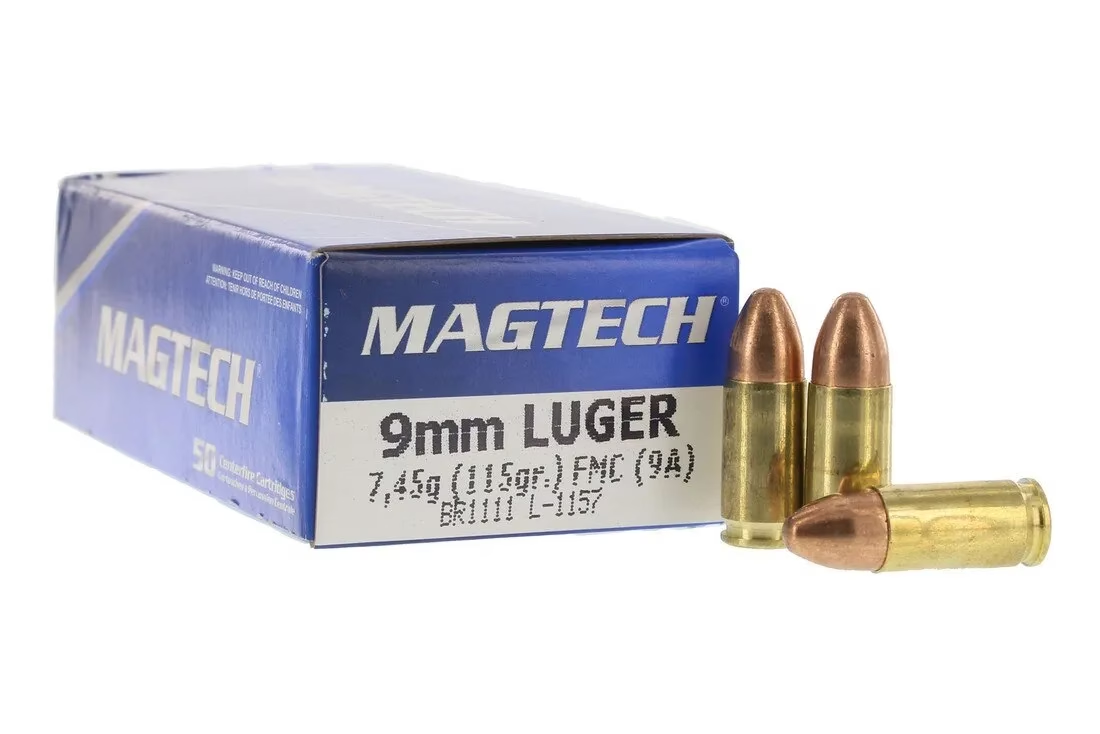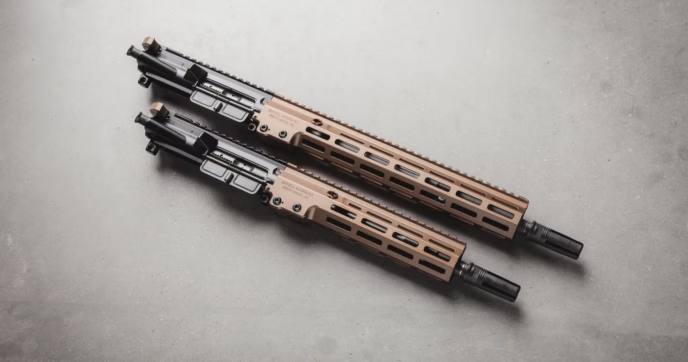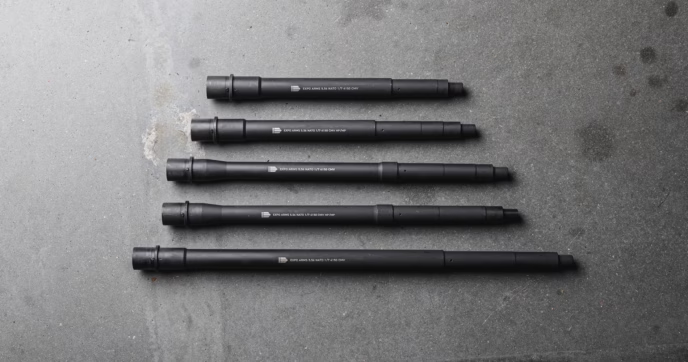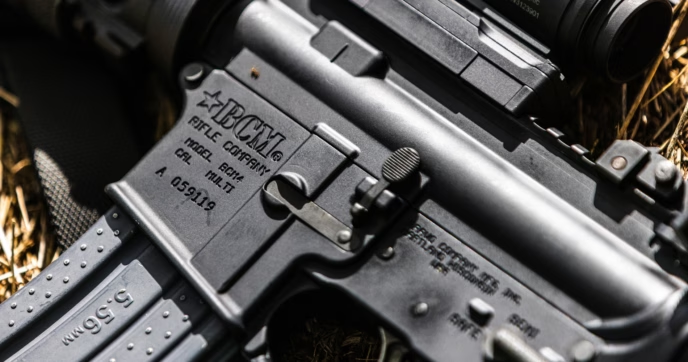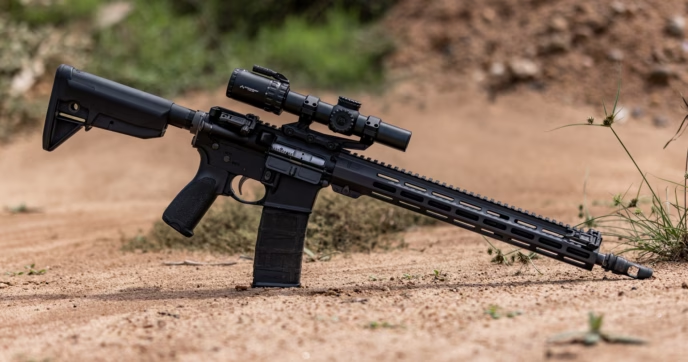Having the right tool for the job can make all the difference in the world. There are few things in the world more frustrating than trying to drive a nail with a wrench or turn a bolt with a hammer.
Ammo selection is no different; having the right round for the target or task can make the difference between success and failure. Full metal jacket ammunition has its uses, as do hollow points, but neither is ideal for all applications at all times.
Below, we’ll break down the pros and cons of both ammo types and assess their best applications.
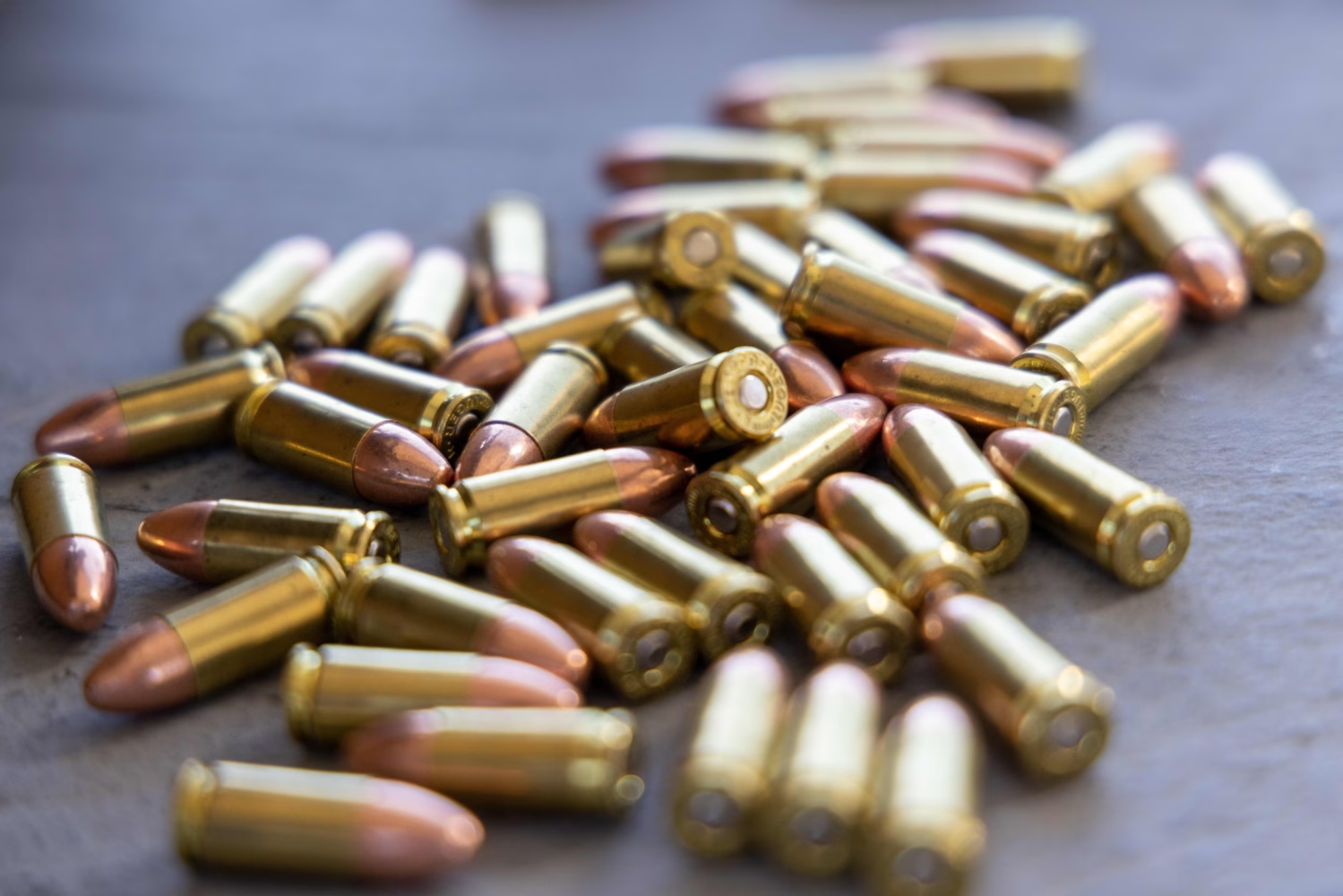
What Is Full Metal Jacket Ammunition?
Full Metal Jacket ammunition is distinguished from other types of ammunition by the design of the bullet. It’s often shortened to FMJ and may also be called ball ammunition, although there is a slight technical and historical difference between the two.
FMJ bullets feature a lead core with the front and sides of the bullet fully encased in a metal jacket. The rear of the bullet, which is seated in the brass case of the round and hidden from view when loaded, may be exposed. Rounds which feature a truly fully-encased lead core are often marketed as Total Metal Jacket or TMJ.
These types of rounds tend to be cheaper than other ammunition types and are popular for target practice and training. Because of their fully jacketed design, they tend to be fairly barrier-blind, meaning that they penetrate most light materials with minimal deformation and loss of velocity.
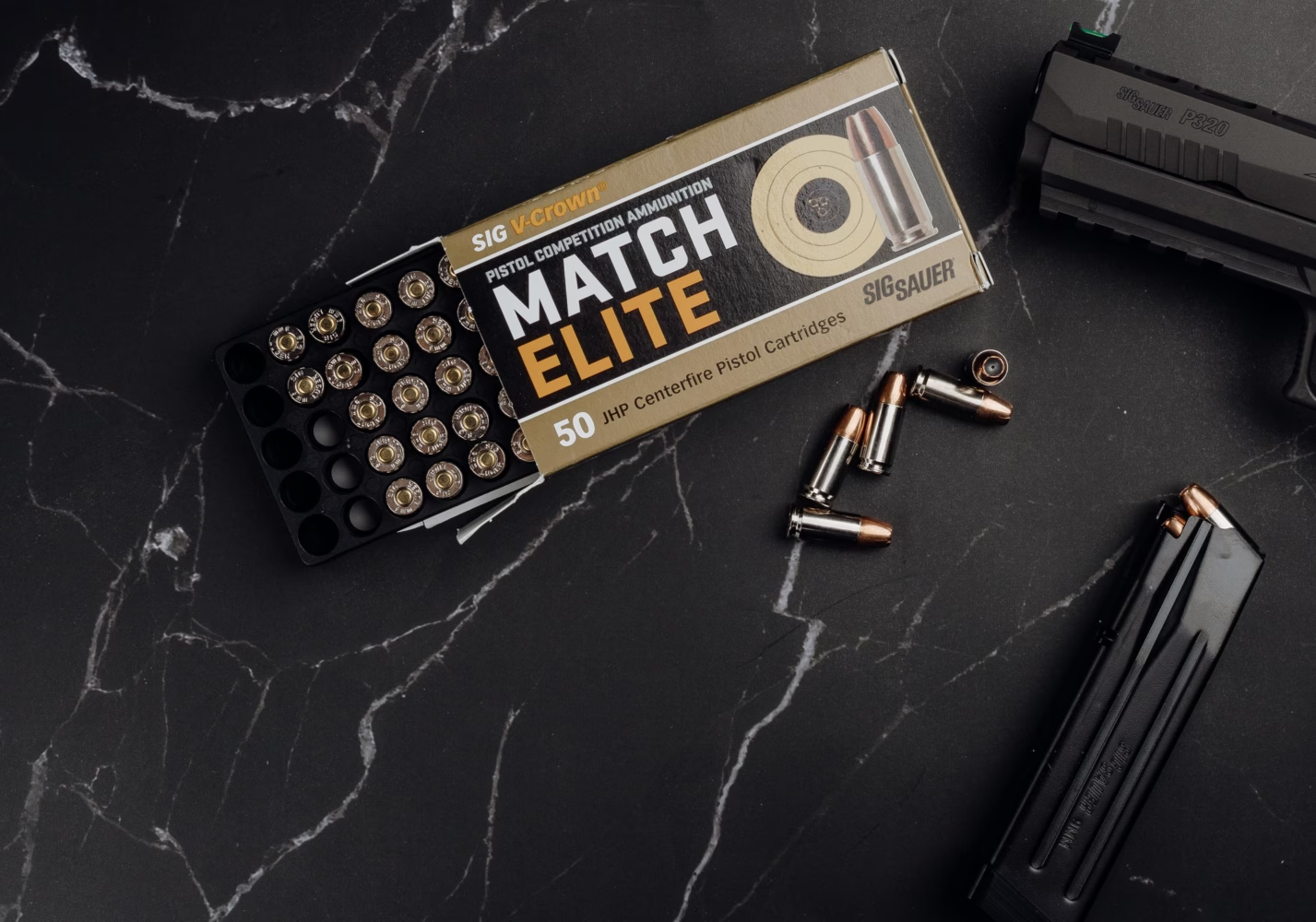
What Is Hollow Point Ammunition?
Hollow points are a class of ammunition designed to remedy some of the perceived shortcomings of FMJ ammo. These rounds feature a bullet with a hollow center and flat nose, often with a segmented jacket that is designed to split along predetermined lines when impact occurs. Hollow point bullets may have a truly hollow center or be filled with polymer or other non-metallic materials.
These rounds are designed to expand upon impact, maximizing the amount of energy transferred to the target and minimizing penetration. In this sense, they are very much the opposite of full metal jacket rounds. Hollow point ammunition can help minimize the risk of overpenetration, which is one reason they are popular as personal defense rounds.
Hollow points often, but not always, feature a harder metal jacket around a soft lead core. The jacket may be bonded to the core through one or more methods, or may simply be wrapped around the lead core. Bonded jacketed bullets are considerably less likely to shed their jacket when encountering denser materials and typically command a premium because of it.
Ballistic Hollow Points
It’s important to note that not all hollow points serve the same purpose. There exists a second class of hollow point ammunition, sometimes called ballistic hollow points or open tip rounds, which have a separate, distinct purpose.
These rounds, while they technically have hollow points, are not designed to promote expansion, but instead are used for their effects on the round while it is in flight, rather than during impact. They use a smaller hollow set into the nose of the bullet to improve consistency, largely due to the advantages of the design during the manufacturing process.
Ballistic hollow point or open tip rounds do not measurably increase deformation or reduce penetration and should not be used for that purpose.
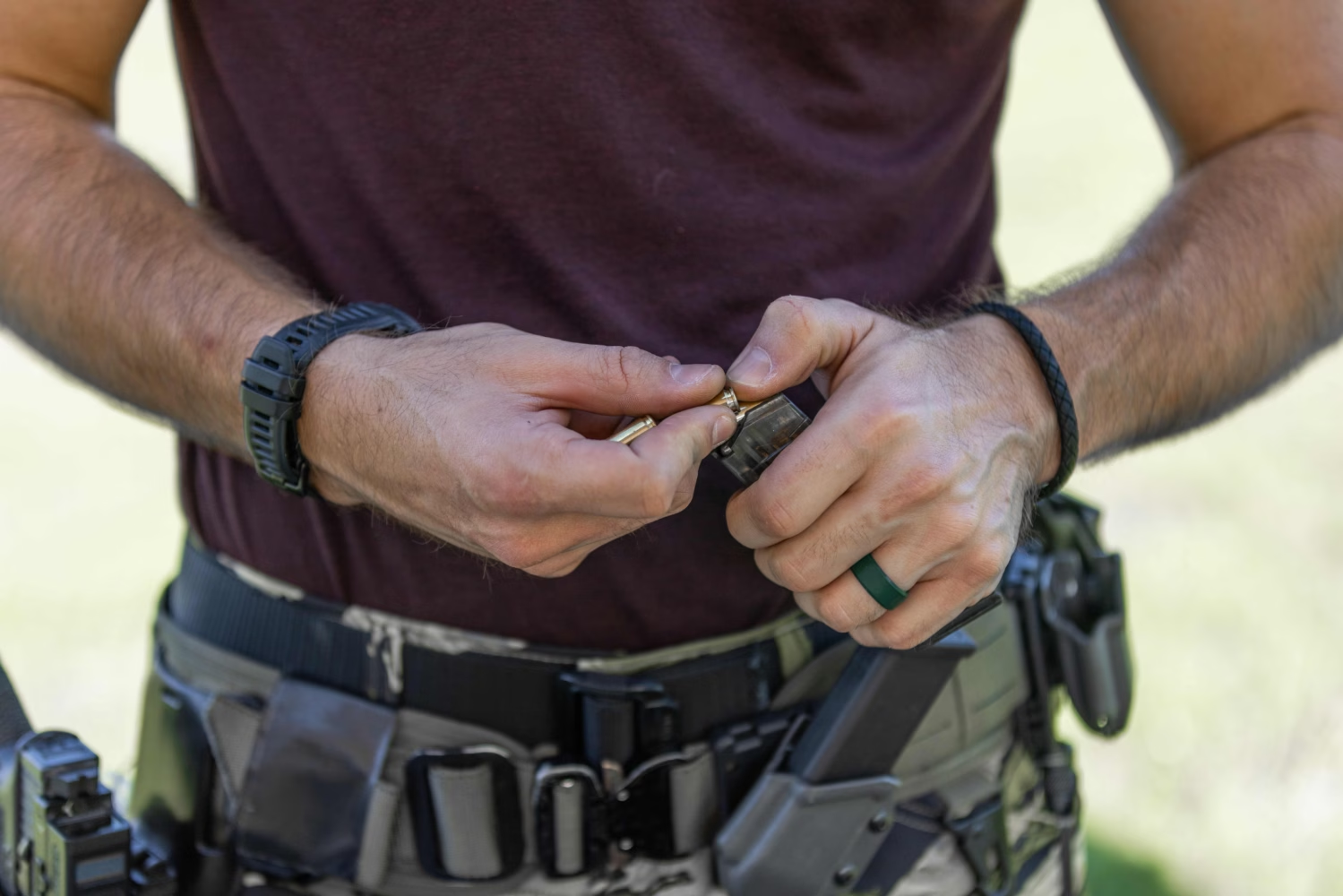
What Are The Differences Between FMJ and Hollow Points?
The primary difference is the way the rounds are made, i.e., whether or not the rounds have a hollow center, but there are other notable differences as well.
One significant difference between the two types of ammunition is the variance in price. Hollow point ammunition tends to be significantly more expensive than full metal jacket ammo, sometimes to the point of being 3-4x more costly. This is largely due to the more complicated process of manufacturing hollow points, particularly those with bonded jackets, and the greater precision employed in their manufacturing.
Additionally, hollow point ammunition is often available in more specialized formats, such as loads designed for optimized performance in short-barreled pistols. FMJ handgun ammunition is almost always designed around full-size pistols, and any velocity information listed on the box will typically be for a 4-5″ barrel.
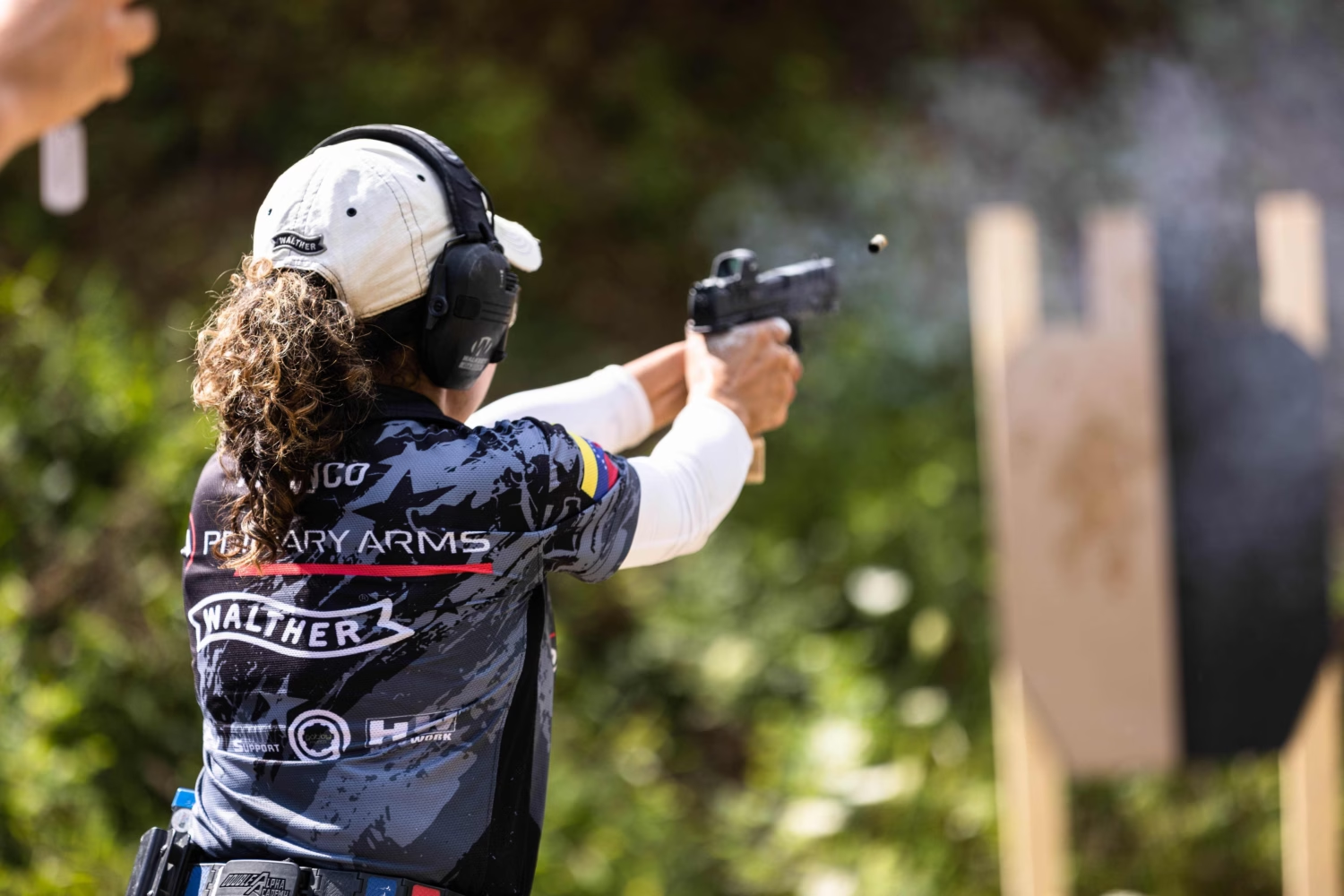
When To Use Full Metal Jacket Ammunition
FMJ ammo is best used for target practice, range plinking, and competition.
Because these endeavors primarily involve paper or cardboard targets, penetration is a non-issue. Any round you fire, whether hollow point or FMJ, is going to pass right through paper or cardboard without slowing down in the slightest. Any proper backstop is similarly going to be more than capable of stopping either type of ammunition, so the reduced penetration of hollow point ammo is entirely moot here.
FMJ ammo tends to be considerably cheaper than hollow point ammunition, so it’s usually the go-to choice for training or competition. After all, there’s no reason to spend more than necessary just to punch holes in paper or knock down steel.
Full metal jacket ammo is also sometimes preferred for certain firearms in order to maintain reliability. Older firearms, in particular, may have been designed with the assumption that ammunition used in them would have a round nose and may not be able to feed the flatter profile of a hollow point round consistently. Certain 1911s—particularly antique ones—are known to have this issue, although a modern pistol magazine can sometimes solve it. For these types of firearms, FMJ ammunition is really the only choice.
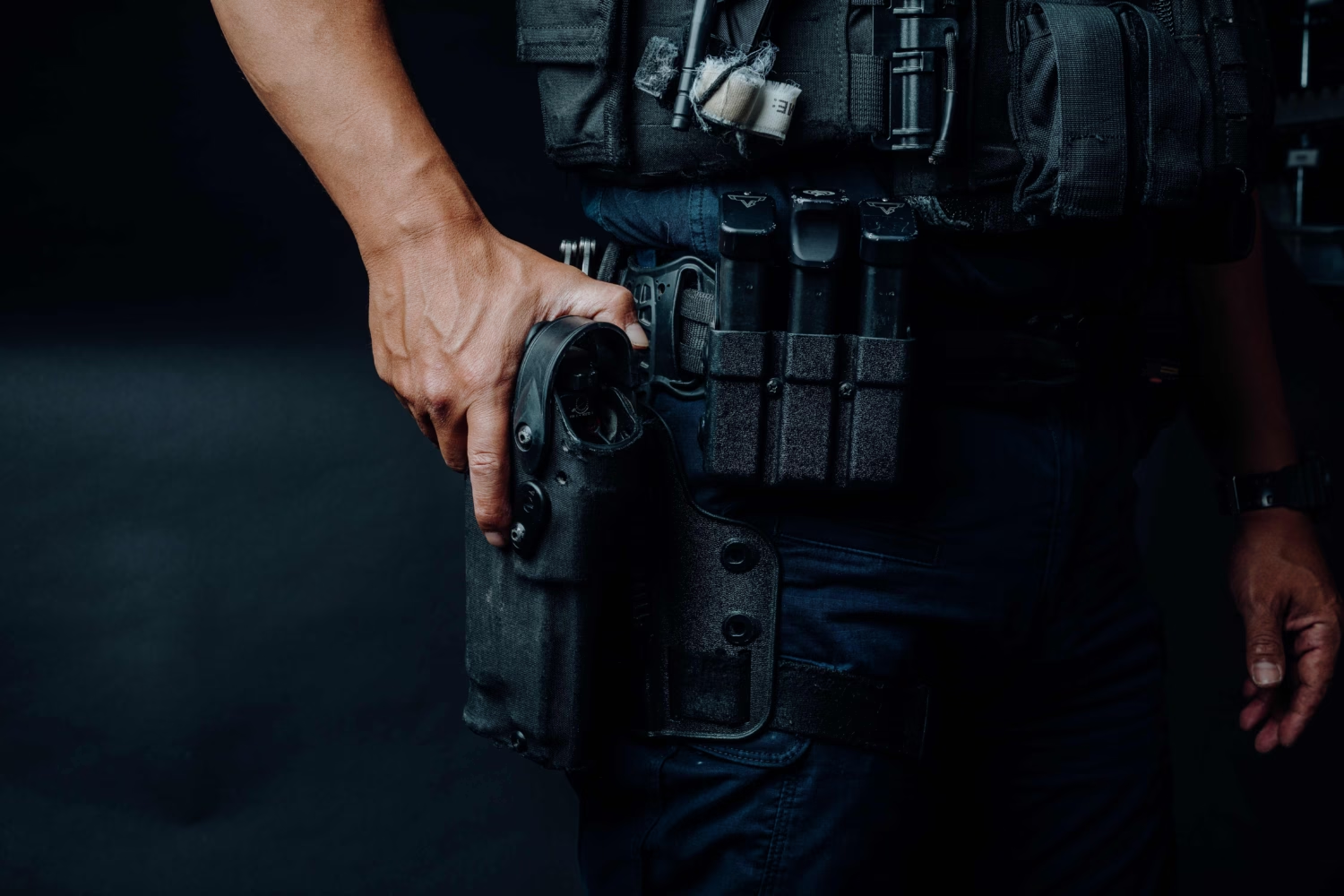
When To Use Hollow Point Ammunition
Hollow point ammunition was designed primarily for use in personal defense, and that is the primary time it should be employed. The advantages of hollow point ammunition make it not only the logical choice to stop a threat, but also to minimize the potential danger to bystanders.
However, this does not mean that the first time you fire a hollow-point round should be in the defense of your life. As mentioned above, not every semi-automatic pistol will perform reliably with hollow points, and some guns may be more reliable with one brand or bullet profile than with others. It’s always important to test your gear before trusting your life to it.
It’s generally advisable to fire 50-100 rounds of your preferred hollow point ammunition through your firearm to confirm adequate function before trusting it for concealed carry or duty use. This test-fire ammo should be the same brand, weight, and type of ammunition you will use to carry, and not a similar cheaper version. Confirming that your firearm is reliable with one brand of hollow point ammunition does not guarantee that it will be reliable with all.
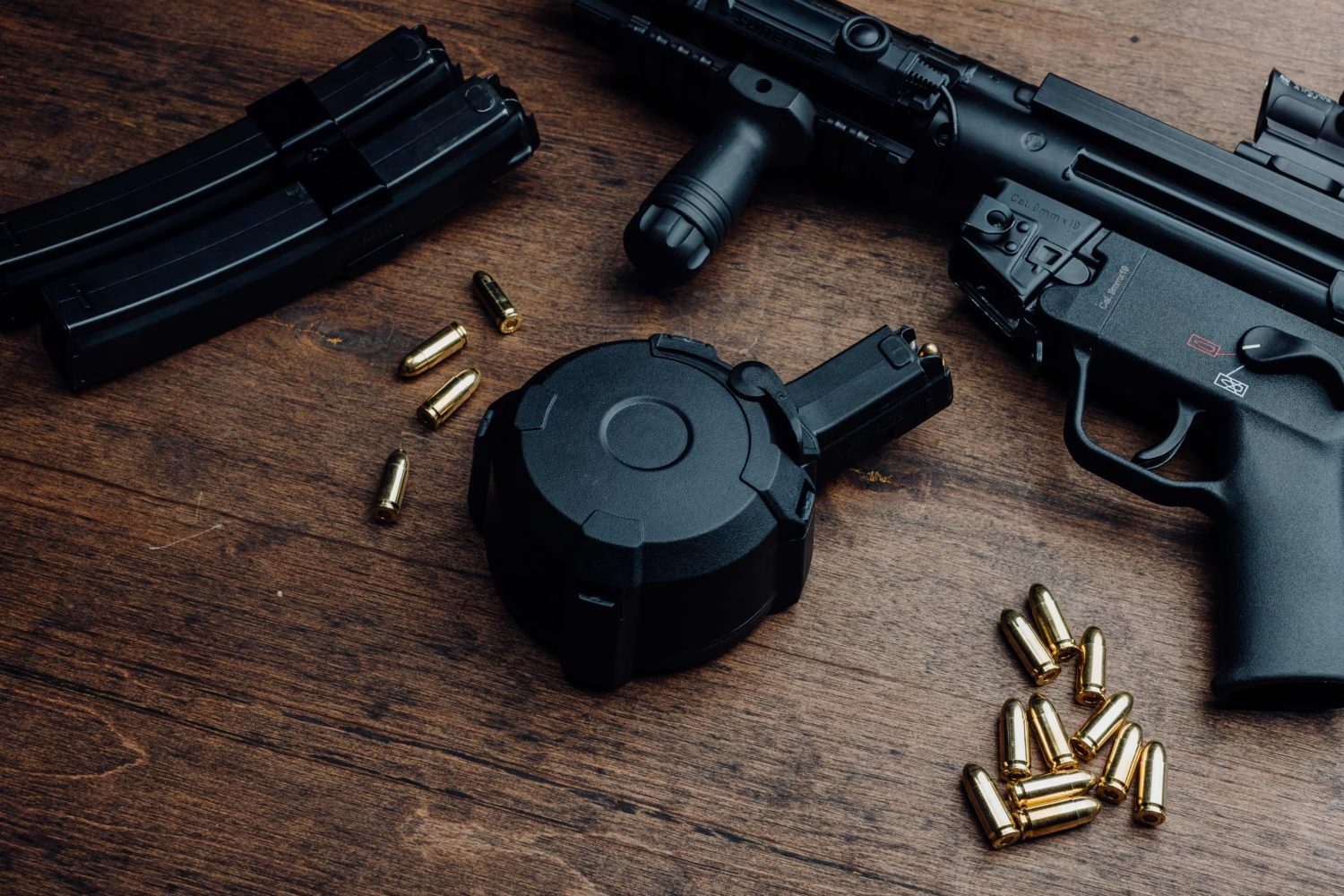
Conclusion
Both FMJ and hollow point ammunition have their place in a modern marksman’s safe. FMJ ammunition, being generally more cost-effective, is the perfect choice for training, competition, or just some recreational plinking.
Hollow point ammo, on the other hand, is the responsible choice for personal defense, whether that is concealed carry, home defense, or professional duty.
If you’re interested in learning more about the different types of ammo out there, check out our article on rimfire vs centerfire for an in-depth comparison of the two.
